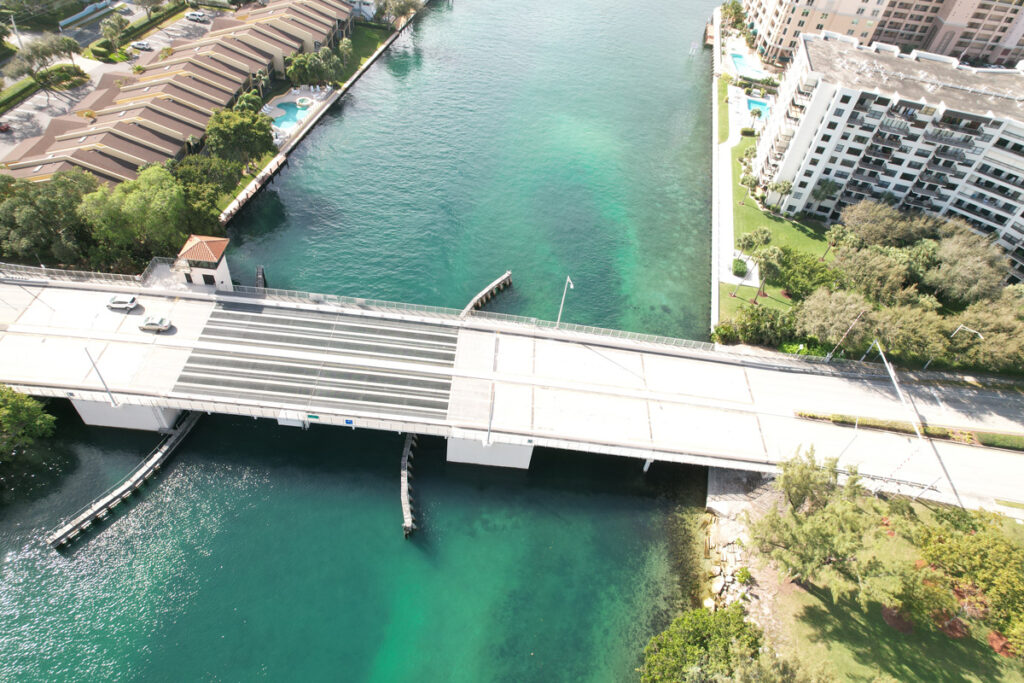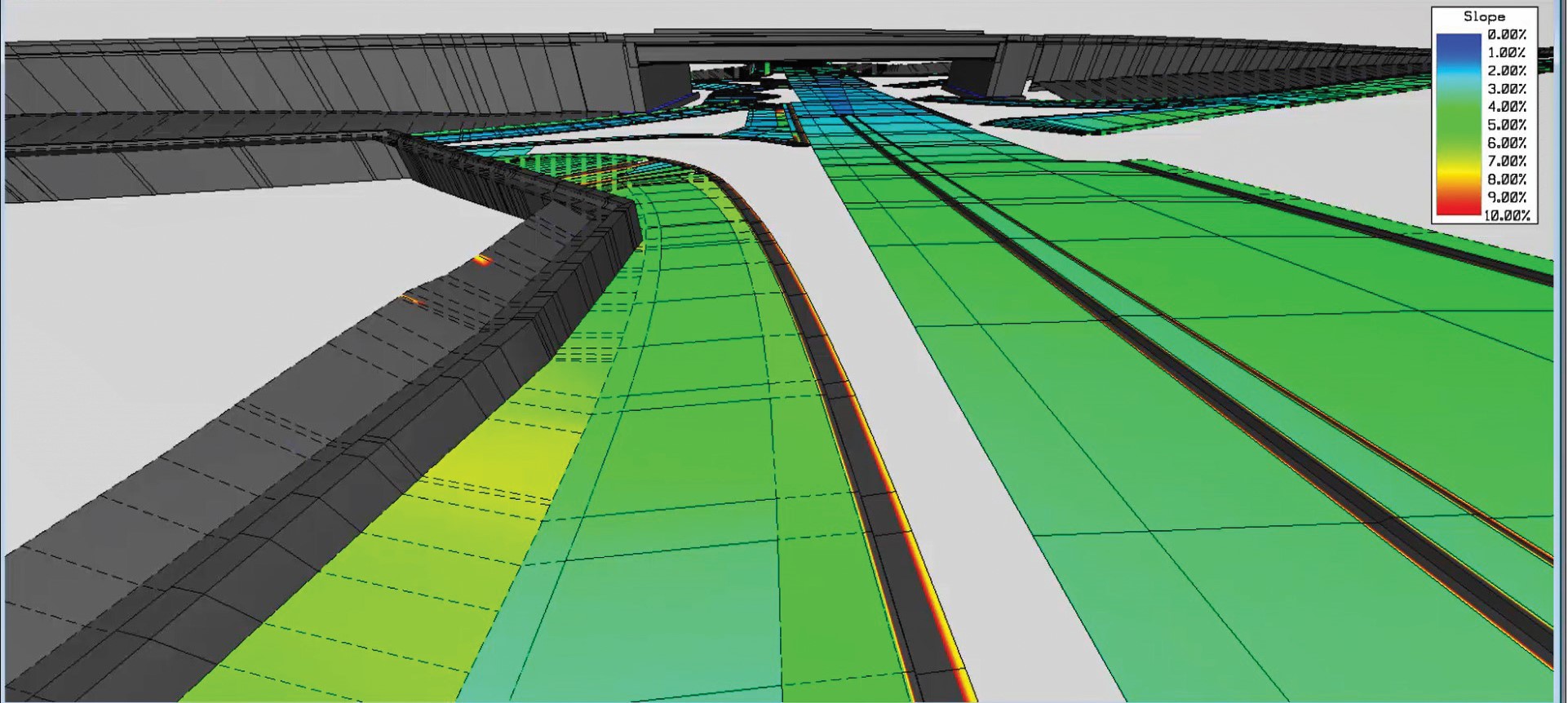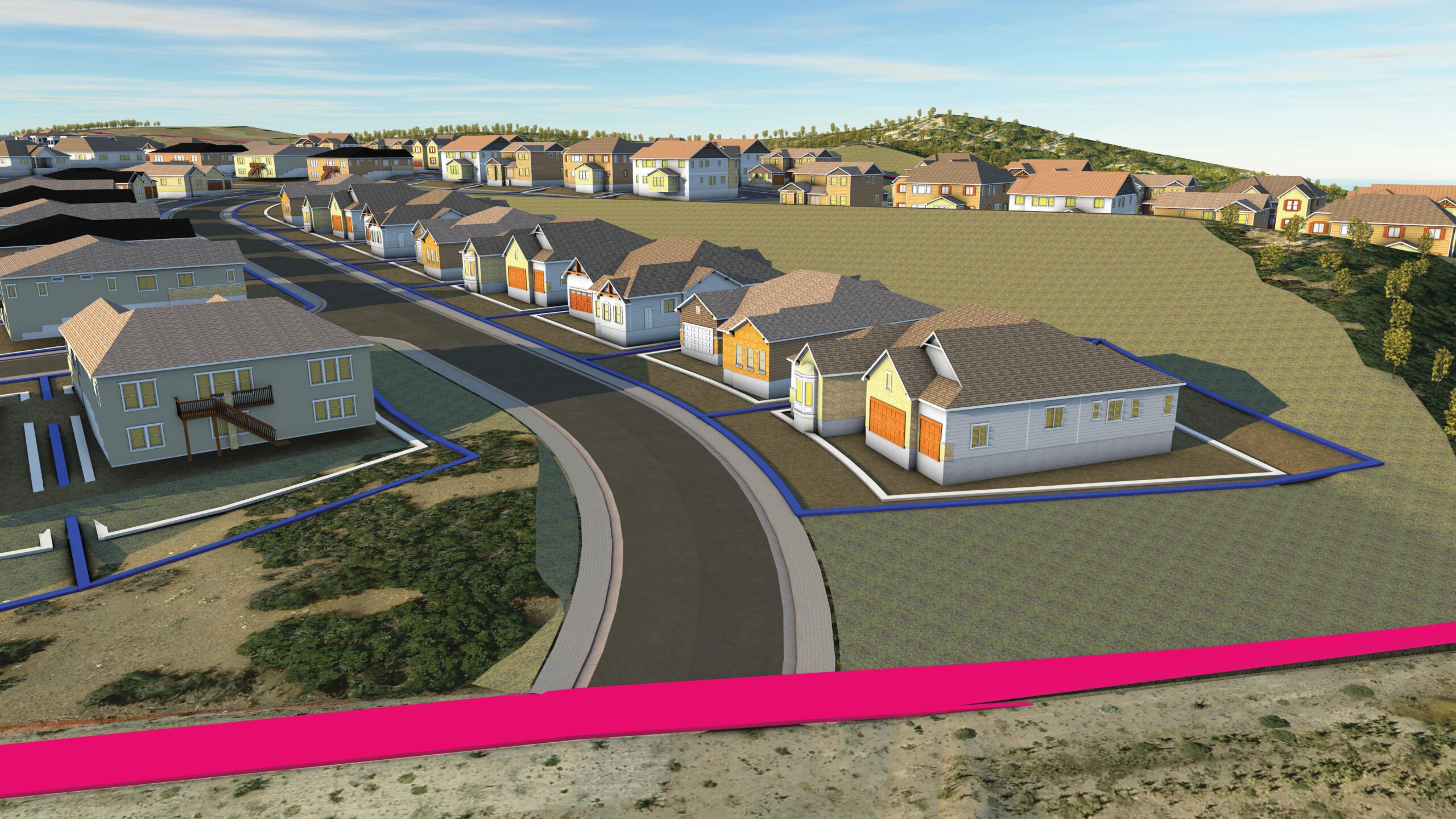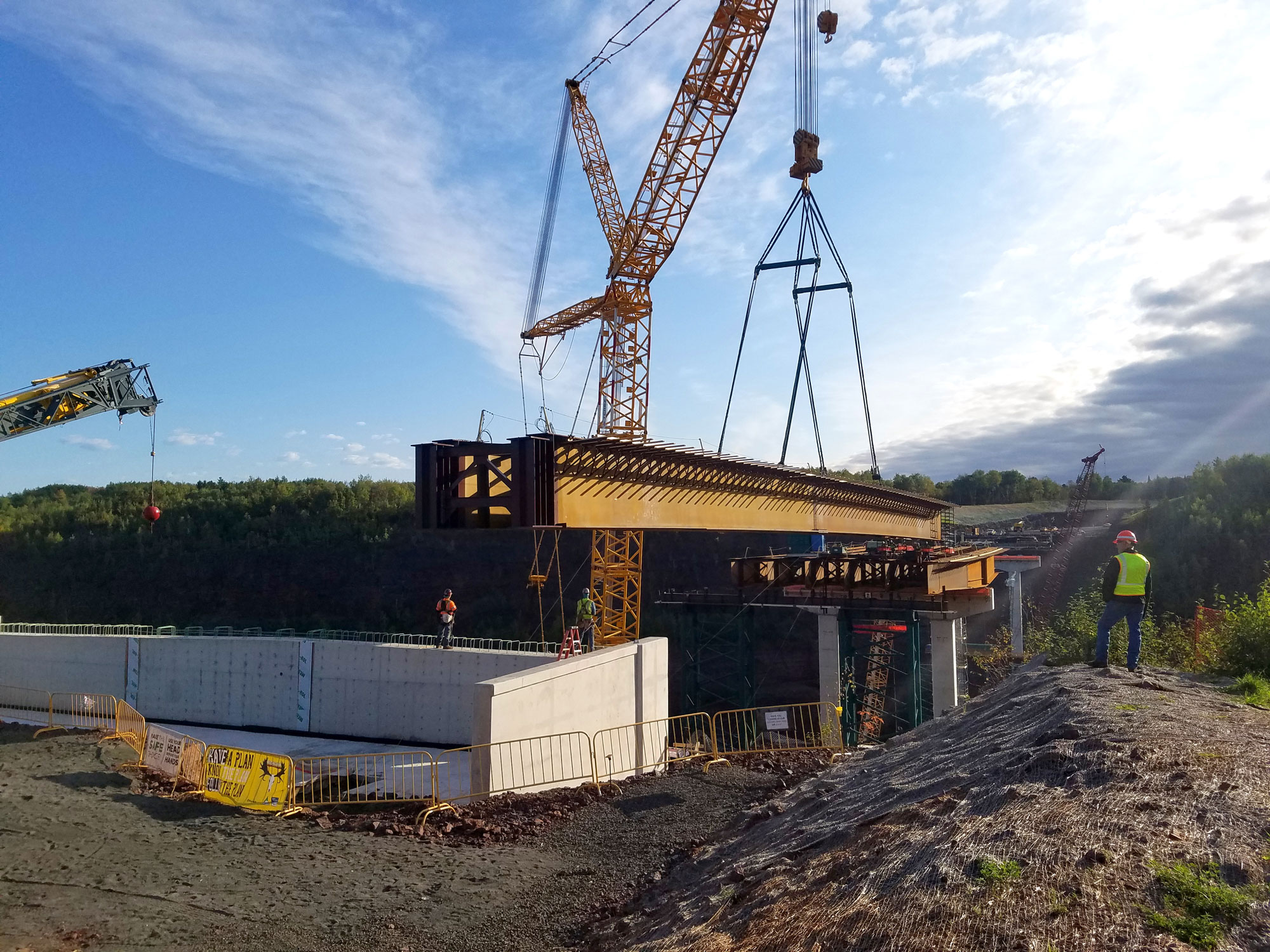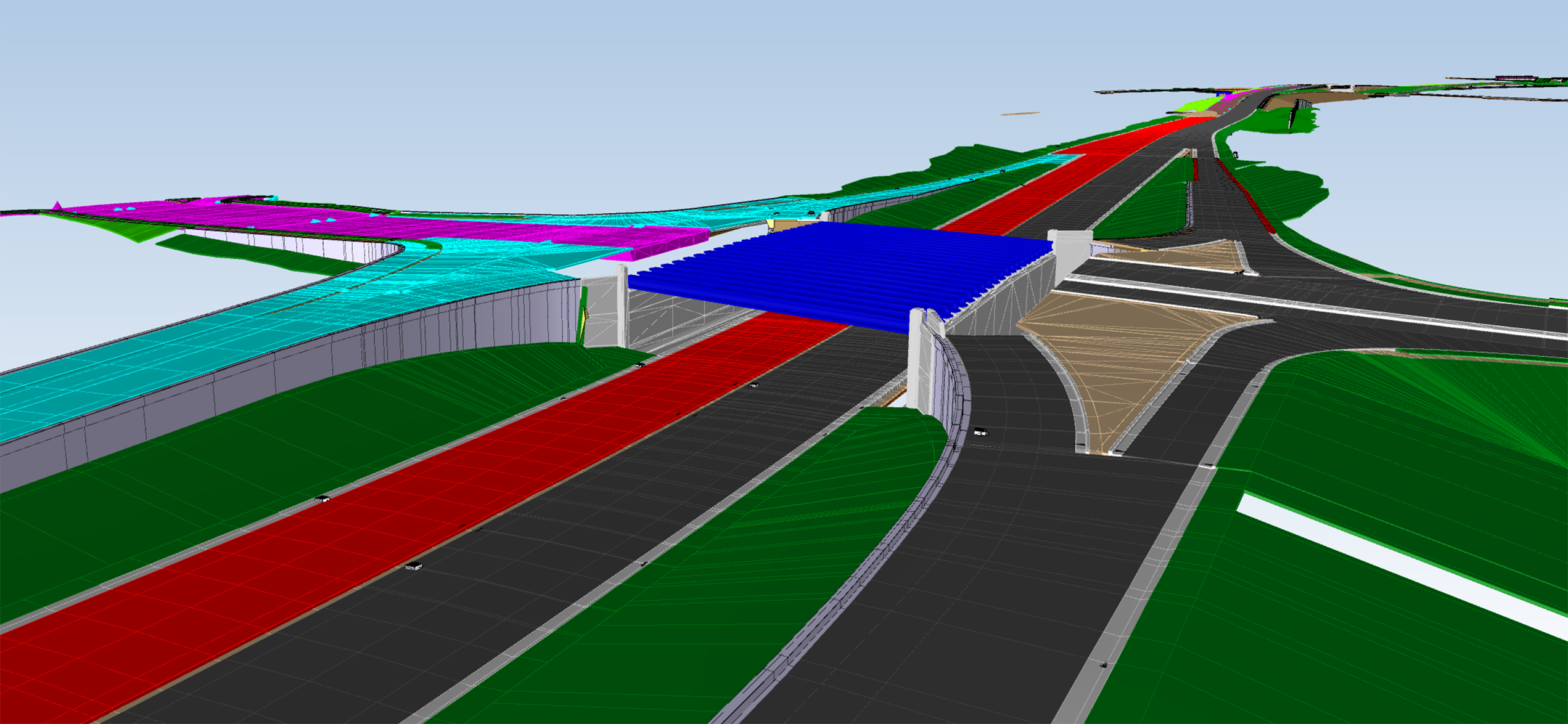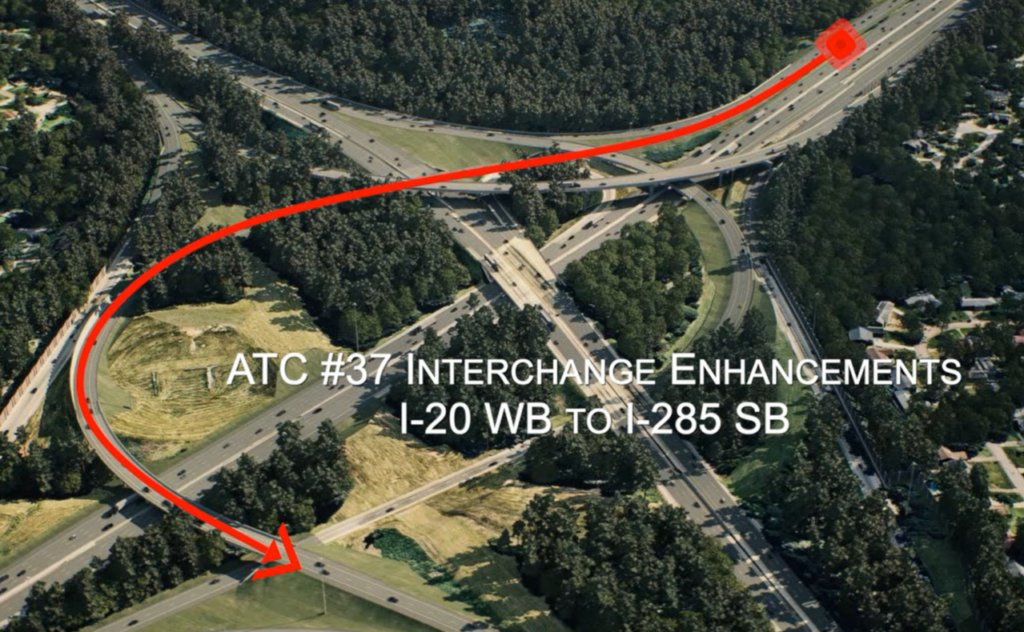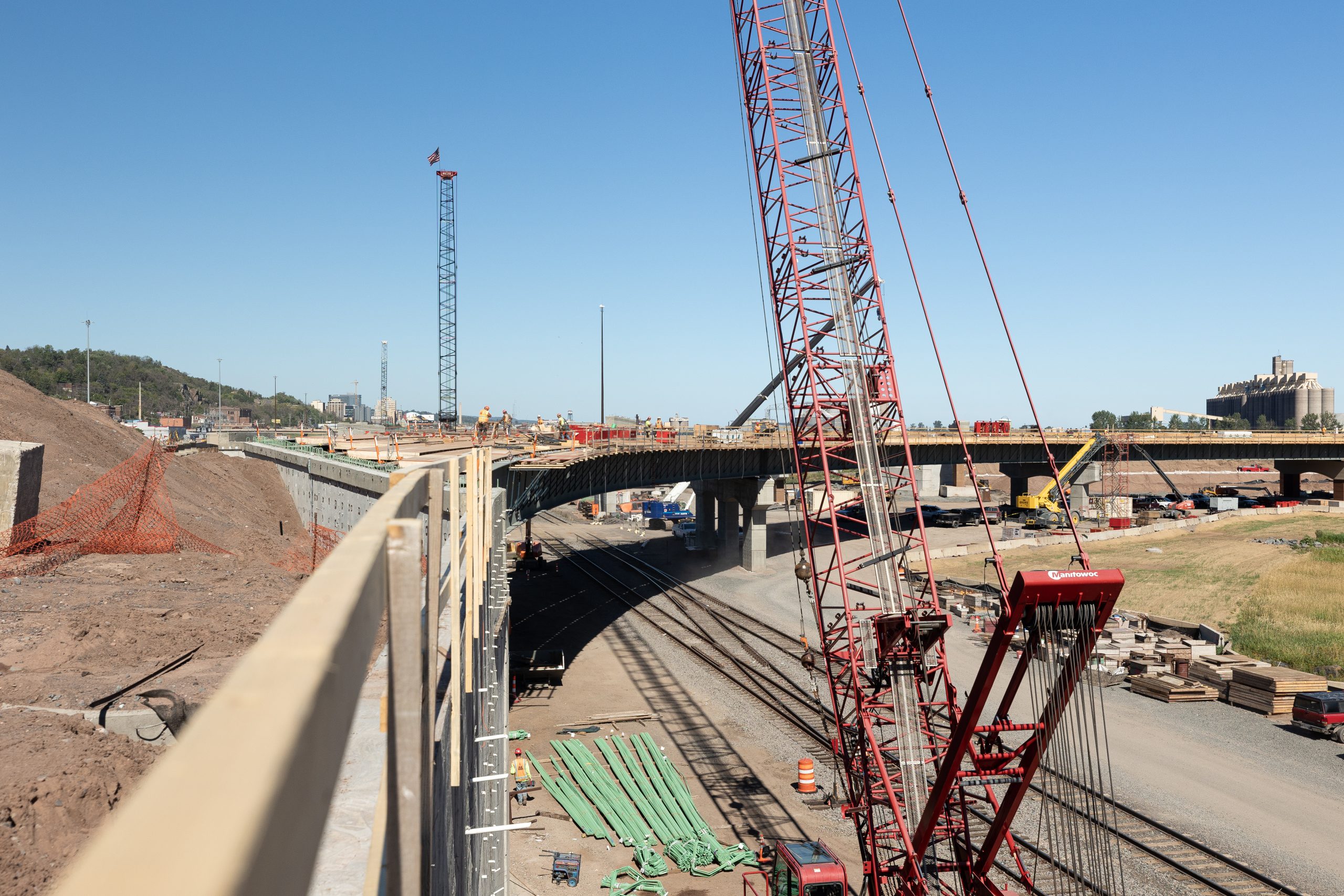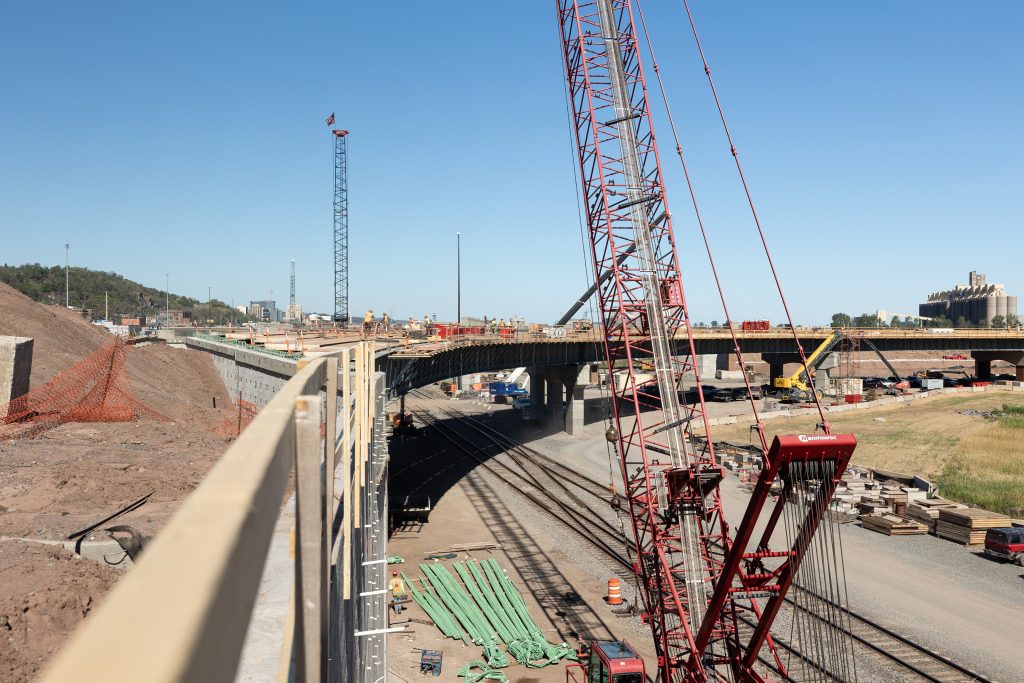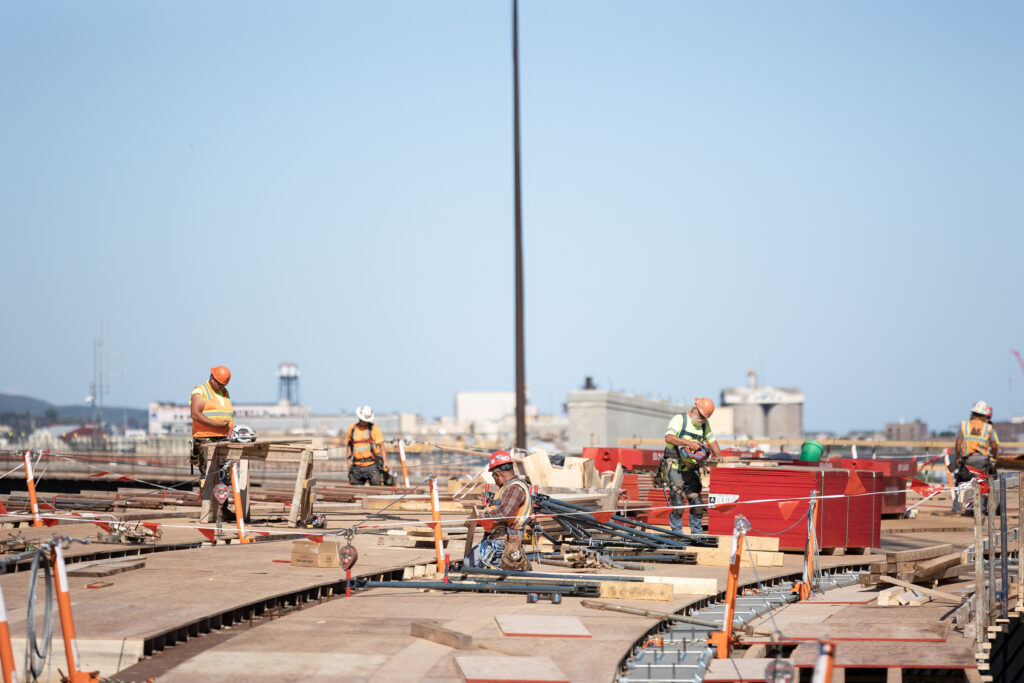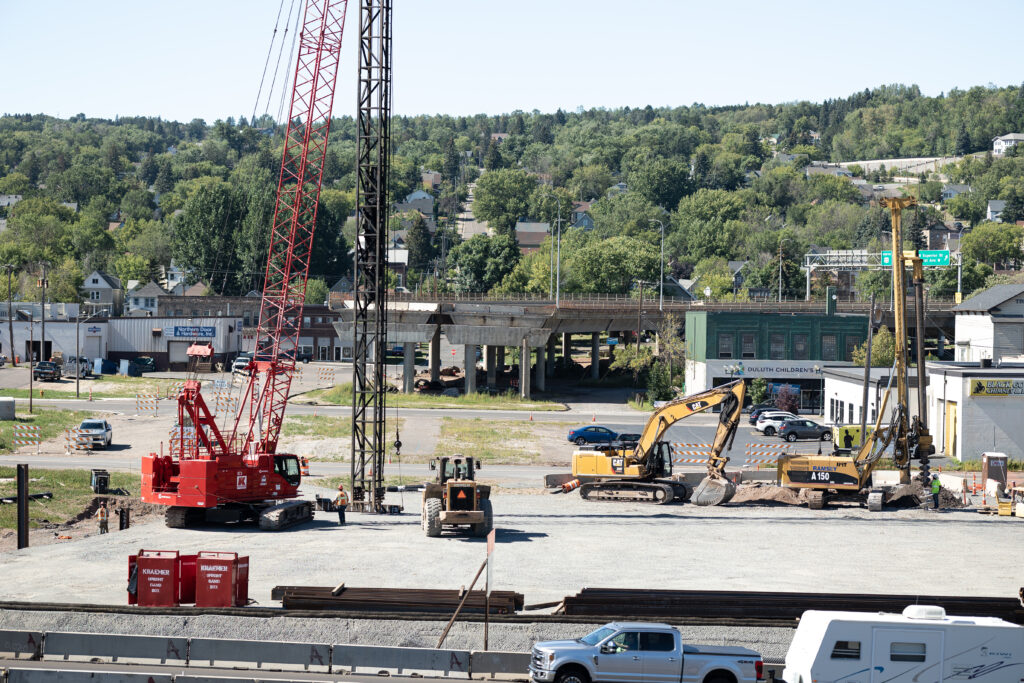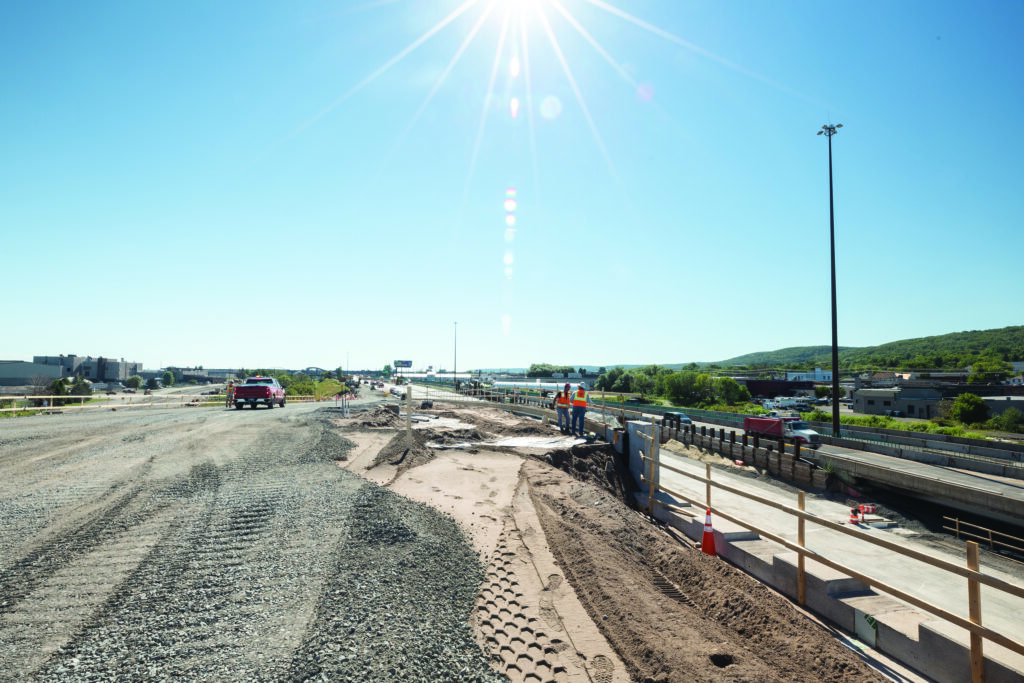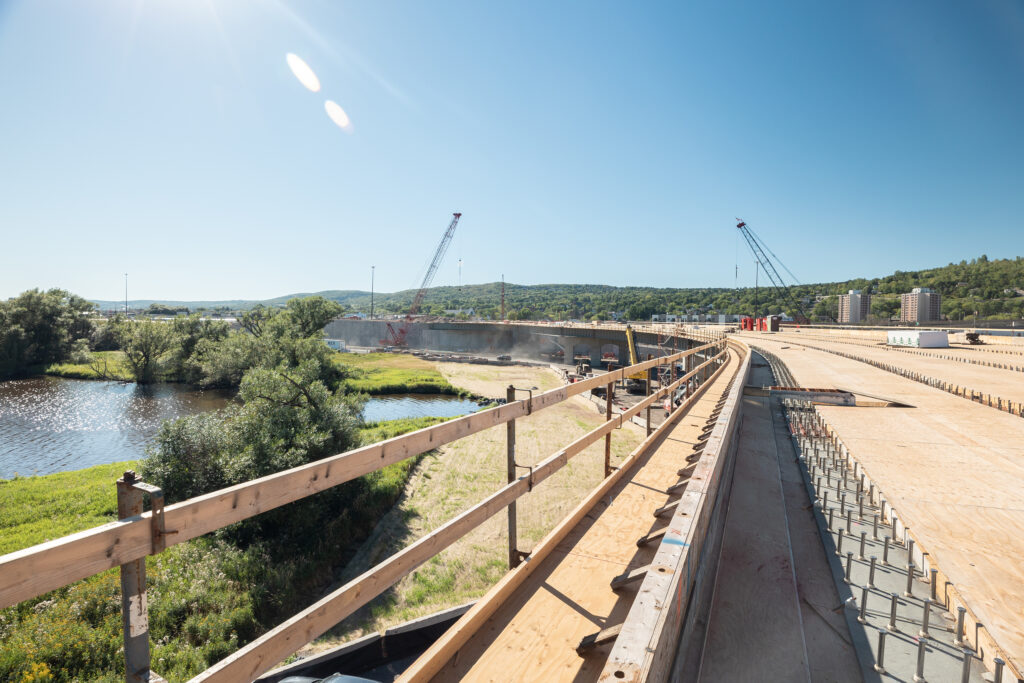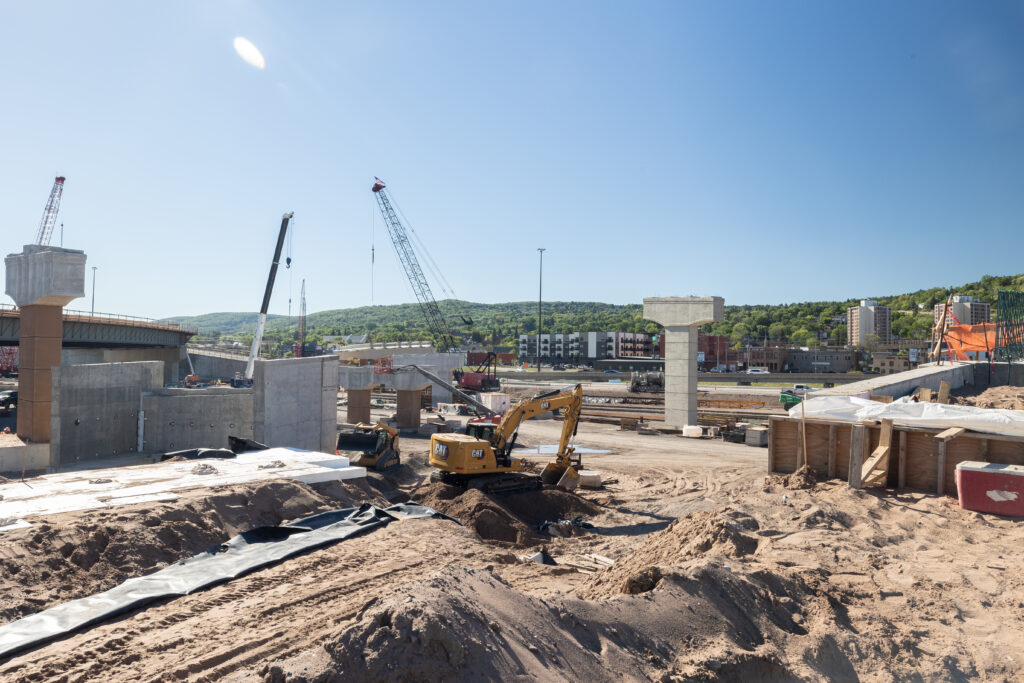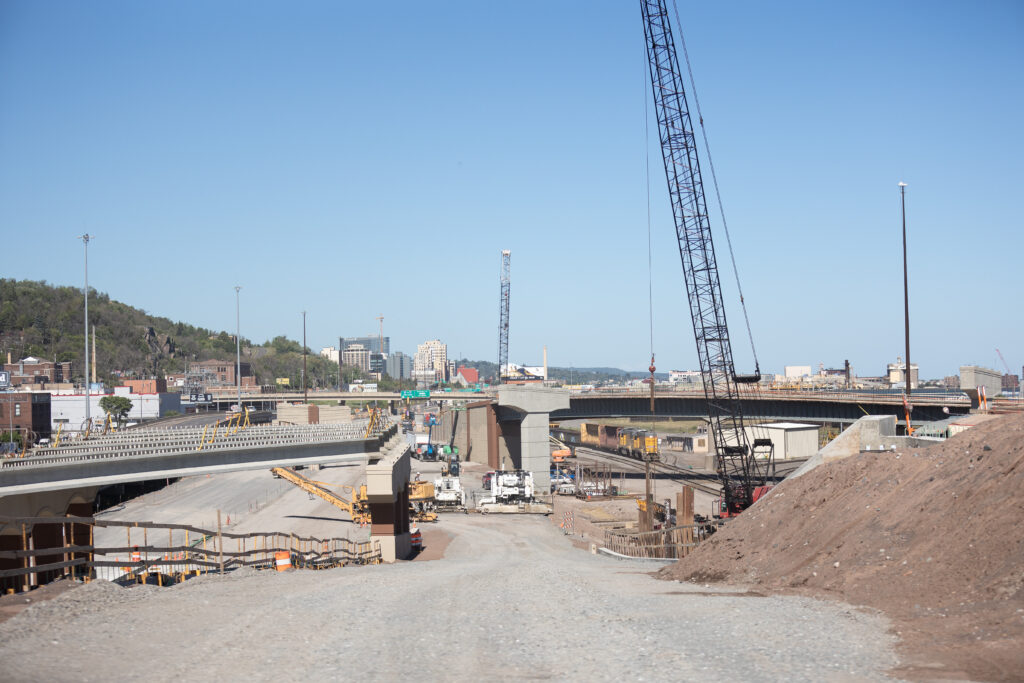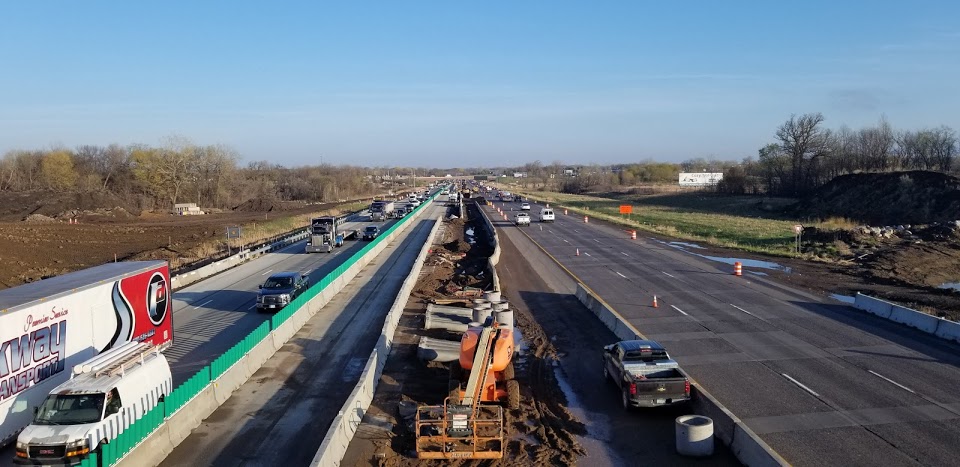May 13, 2024
By Chris Kester, Director of Project Controls, WSB
Economic instability, rising inflation, and labor and supply chain issues have created price fluctuations and instability in the construction industry in recent years. Now you are seeing prices level out and projects coming in within budget and everything is back to normal, right? Wrong. Costs and supply availability are still hard to predict, adding undue complications to those planning and executing construction projects.
Every construction project, every client, and every contractor is different, but many are facing similar challenges. While there are no quick and easy solutions to completely predict and overcome rising costs and swift market changes, there are some things to consider that can help mitigate risk and help you overcome obstacles.
- Consider alternate materials. There are still some lingering supply chain issues from major events of the last few years. It can be difficult for suppliers to provide certain building materials to contractors at certain times, and short summer construction seasons in colder climates squeeze supplies even more. It’s typically good practice to have alternative materials and design options and these are best entertained early. If you must substitute a material post-letting, it could be your best option at the time, but those scenarios are usually best when they are avoided by foreseeing them ahead of time.
- Plan ahead. It is important to plan out projects ahead of time as much as possible and stick to your timeline. Suppliers often cannot commit materials until contracts are signed, but that doesn’t mean you don’t have options. You might entertain the idea of pre-procuring those materials that pose the most risk or you could estimate the lead times and work that into the planned construction schedule.
- Be flexible and work in stages. Projects are continuing to increase in complexity and we have very little influence over things like traffic, utilities, and limited ROW. However, you do have the ability to decide what is being built and to anticipate the best possible way that it can be built efficiently. Cost can be impacted significantly if the design is not properly staged to work around those things we cannot change.
- Understand risk and how developers predict cost. Trying to predict project costs has become more difficult, from the price of materials to the cost of labor, and everyone is working to keep their financial risk at a minimum. Often, there is a sizable imbalance between the price it takes a contractor to complete a project and the price the contractor bids for the work. Dramatic price fluctuations have caused a great deal of frustration for owners who are confused as to why a project might be so expensive compared to the price of the same project a few months earlier. Different types of projects like design-build and construction management/general contractor, for example, come with different amounts of risk, so it’s important to think through what works best for your project.
While there’s no crystal ball in the construction industry, common sense planning and following these tips can help mitigate risk, provide confidence to all parties involved, and set your cosntruction project up for success.
How WSB Can Help
A review from the experienced estimators at WSB can help identify areas of potential risk, allow you to anticipate problems and provide alternative plans to keep your projects on budget and schedule. Contact us to learn more about mitigating possible project roadblocks.
Chris spent most of his career with a regional construction company where he prepared production-based estimates in excess of $300 million annually, many of those being DOT or State-Aid. He provides the ability to analyze from the perspective of a contractor and assemble a contractor-style estimate while identifying, analyzing, and mitigating risks.
[email protected] | 651.492.3853



